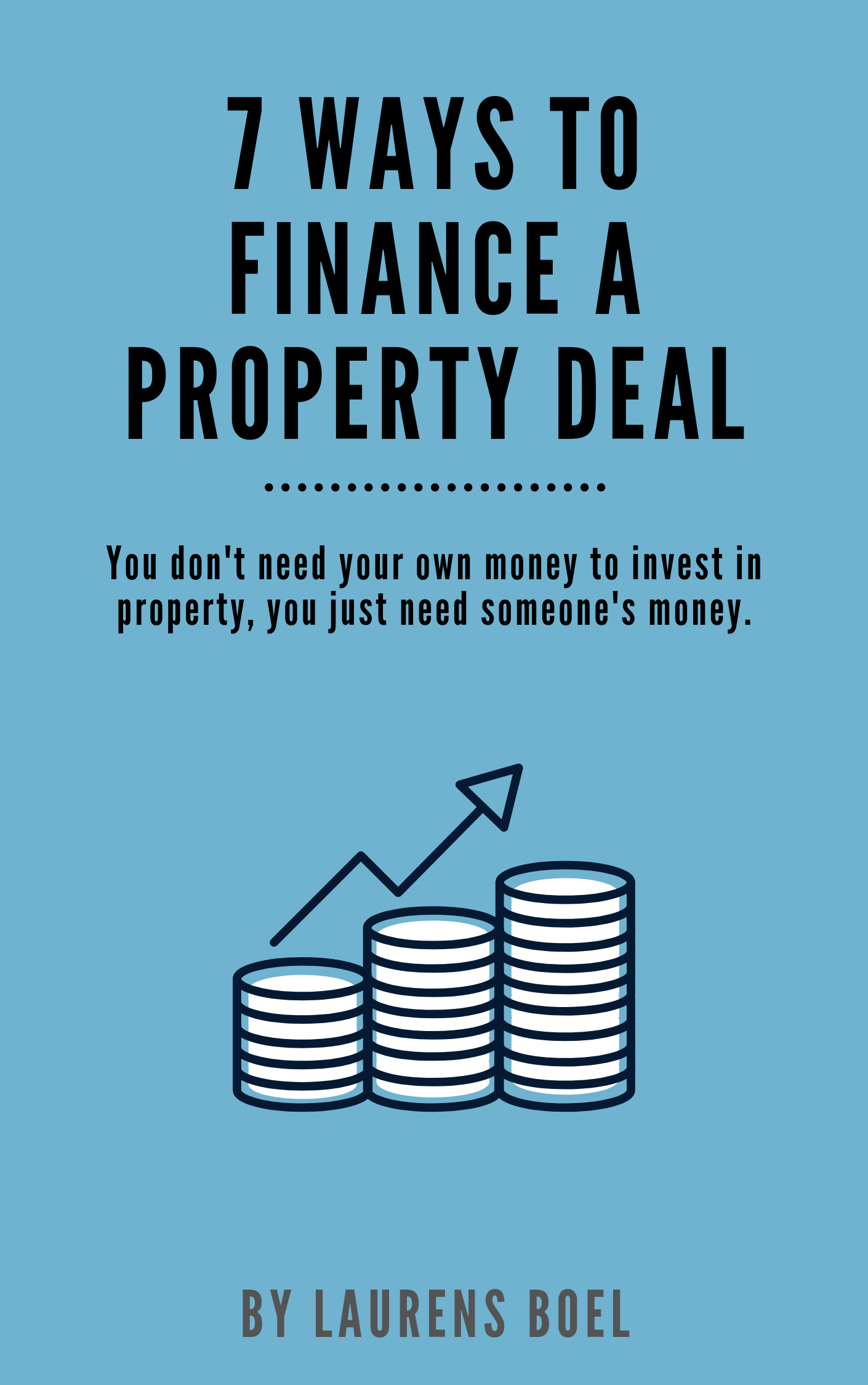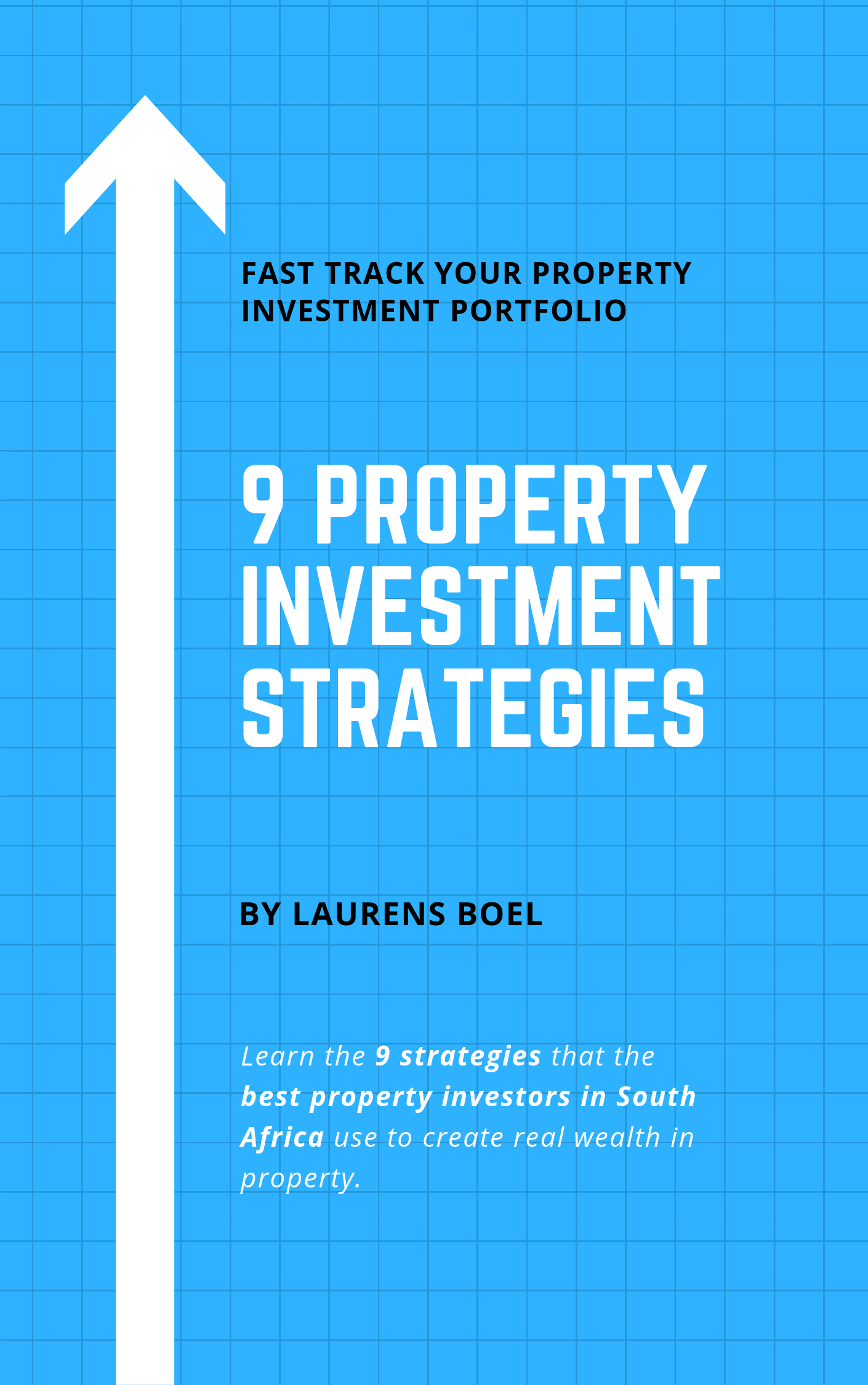Property investing can seem daunting. There is a lot of money involved and there is a lot to learn. Let’s look at the 5 steps you can take to overcome that perception so that you can turn your property dreams into reality.
1. Read as many property books as you possibly can.
This is the easiest and quickest way to get started. The thing that scares most people about property is the unknown… well luckily there are thousands of books of people who have mastered property and are willing to share their advice for less than R300. Some of the best insights I’ve learnt about property investing is through books.
My preferred reading list is:
- Rich Dad Poor Dad (Robert Kiyosaki): this book changed many investors lives. In this book, you will learn the power of cash flow, leverage and how property can change the course of your financial future.
- Money Master the Game (Tony Robbins): although very American, this book can teach you about the myths of investing, how to create a critical mass and where the best global opportunities are available.
- Making Money out of Property in South Africa (Jason Lee): bestselling author Jason Lee explains the South African property market in a succinct and informative manner in his latest book.
- The 4-Hour work week (Timothy Ferris): this book will challenge you to think differently, to value your time more and to find effective ways to reducing your work time to get more things done. Amazing book!
- Financial Freedom Through Property: After being involved in over 50 successful property investment transactions, I decided to write a property investment book. I unpack the steps I took to become financially free through property by the age of 30. This step-by-step practical guide clearly explains and details how you can turn your financial dreams into reality. You will learn how to master the South African property landscape and how to globalize your property business by investing overseas.
2. Get a coach or join an educational programme.
The best way to succeed in anything is to get someone who has already done it before to guide you.
That’s why when we go to the gym, we always look for the instructor who has the body we want and ask them to coach us. We ask them because they obviously know what to do to get into shape – their bodies are the perfect business cards. We know the best formula is to follow the experts.
If you are serious about property investing, get serious about educating yourself.
Watch: Your path to financial freedom through property
3. Get the right tools
Tools are great because they can save you time, automate or even help you do things that you aren’t naturally good at.
The tools that I use on a regular basis are:
- Lightstone Property: will help you determine accurate resale comparables and is great for area research and future trend analysis.
- TPN: is a great source of information regarding the rental market and nuances.
- My Property App: will help you analyse property deals and generate professionally designed investor proposals with a click of a button. This app does the numbers, so that you can do your business.
If this seems all too overwhelming, go check out the Tutorial Page in your account: where all the tools are explained through tutorials. You will also receive tons of educational content from me to help you start investing in property.
4. Select your strategy
In property investing you have 2 types of strategies – Cash and Cash Flow.
Cash is commonly called flipping. It’s when you find a distressed property, buy it at a discount and resell it a couple of months later for a profit. It’s basically the buy and sell strategy.
Read more: how to do the perfect flip
Cash flow is when you buy and hold a property for a period. This is where the incoming rental is higher than outgoing expenses (i.e. levies, rates and taxes, bond repayments, insurances…) and you’re left with profit every month.
I believe in the cash flow strategy because that’s where financial freedom is. If you have enough passive rental properties in your portfolio, you can retire early and do what you love for a living. Let’s be honest, that’s why we are in this business hey? It’s not because we love bricks and mortar… we love the freedom that property brings. That’s why I love cash flow.
Watch: The basics of cash flow and how to get started towards freedom
5. Find your first investment
This section is broken down further into subsections.
Step 1: find an area that suits your strategy
If you are looking for flips, you need to:
- go to older areas with high employment – these places have high equity and usually have hungry buyers that you can resell to once you’ve completed your renovations.
- find a motivated seller – you can only make money in property when you buy at a discount, therefore you have to find someone who is motivated to sell.
Once you have motivation and equity, you need to consider location, location, Location. The location needs to be desirable to your target audience. If you are trying to sell to families, make sure you are close to schools and in a secure area. Attract the kind of person you want.
If you are looking for rentals, you need to:
- go to lower income, highly dense areas – this is where the cash flow is usually positive.
- find multi-let opportunities – which is when you have multiple people in one house, like student accommodation. These deals tend to make the most financial sense.
Watch: Getting started with Strategy Area Property
Step 2: Analyse 50 deals
Analysing 50 deals is a lot!
Remember when I said tools can help you save time and do things you aren’t good at or dread? Well this is where they come in handy.
Don’t try do this on your own, use the tools. My Property App has many tools that help you analyse deals such as:
- Buy-to-let calculator
- Multi-let calculator
- Buy-to-flip calculator
- What-if scenarios
- An investor proposal generator to help you raise finance with investors
- A 30-second deal analyser that helps you decide which properties are worth a deeper look. The tool is vetted by some of the best property minds in South Africa.
Read more: running the numbers of a flip
Step 3: Sign the Offer to Purchase
Once you’ve found a deal that makes financial sense, you need to secure that deal with an Offer to Purchase (OTP), which is a legal agreement between buyer and seller. Make sure you get a qualified Conveyancer Attorney on your power team and always keep things safe and legal.
Step 4: Raise finance
Most people get stuck here. They think that in order to do a deal you need money. It’s true, you do need money… but it doesn’t have to be YOUR money. It can be Other People’s Money (OPM).
For instance, we have a strategy called seller finance, which allows you to do a deal with NONE of your OWN money… sound too good to be true? Read this article on seller finance and decide for yourself.
Step 5: Manage it like a business
Once you’ve secured the property and the financing, it will take roughly 3 months to transfer into your name. From now onwards you need to manage it, like you would any other company. You need to ensure that the income you receive is greater than the expenses, so that you run at a profit. Manage your letting agents, builders and accountants. And incorporate systems and processes to allow your money-making machine to run smoothly.
Watch: replacing your income with Property
That’s it! Follow these 5 steps to start investing in property and you’ll be on your journey to financial freedom in no time.
Thanks for reading and you are welcome to share your feedback.
Please feel free to contact me directly. Alternatively, get in touch with our support team if you have any questions or recommendations for future articles.


